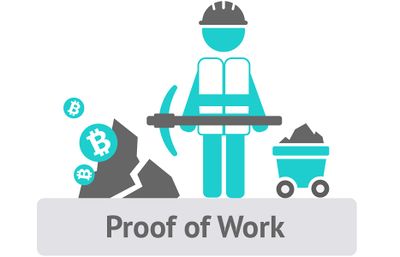The past few years have seen bitcoin and other cryptocurrencies slowly grow into popularity. The number of people trading in crypto is always growing, save for the recent turbulence that has brought the industry to its knees. But, it’s not the first time cryptocurrencies have been discredited, they always fight back and when they do, the crypto craze will return again.
But this also doesn’t mean that nobody wants crypto. The right time to buy them is now when the prices are lowest. And seems everybody is doing so. More and more people are looking to get into the crypto game.
Cryptocurrency doesn’t function like the regular currency. It’s not physical like the US dollar where there is a central authority minting notes and coins and notes. Instead, cryptocurrencies are generated through the process of ‘mining’. Which brings us to the topic of discussion; what mining is and how does it work?
Blockchain And Crypto Mining
Before diving into mining and what it entails, understanding Blockchain is of utmost importance. The blockchain is the technology supporting cryptocurrencies. The technology is essentially a public ledger that contains every transaction carried out in the cryptocurrency in question. Hence, every cryptocurrency has its own Blockchain that supports it.
Transactions are assembled in blocks and are verified to ensure legitimacy by crypto miners. The process checks to ensure the same coin hasn’t been expended again and that its input and output expenses tally. Thereafter, the next sequential block is connected. And that’s how cryptocurrencies are created and coins made.
Mining Of New Blocks
There is a need for gathering each and every transaction made with crypto to make it possible to create a new block. This function was previously done by central authority. Who now performs this function?
Network nodes asked with this function are called miners. Each time a transaction is amassed into the block, it gets appended into the Blockchain and whoever appends it get rewarded with cryptocurrency.

Now, you are thinking that this can be an easy task, and miners can devalue the currency by building lots of blocks right? To prevent this, the task is made harder to conduct. How? The miners have to solve some complicated math functions in a protocol known as the proof of work.
Calculation Of Hashes
Creating a successful block, you will need to accompany it with a cryptographic hash that needs to fulfil certain requirements. The best way to arrive at hash matching is creating as many as possible until the matching hash is found. Hence a new block is formed and the miner awarded cryptocurrencies.
It’s like a competition. You get an unlimited guess on the weight of the cake. The one who submits the correct answer wins. The more you guess, the more your chances of winning.
Every new block presents a new and harder challenge. This helps in the steady creation of new blocks. Now, cryptocurrencies have a limit to amounts that can be generated. Bitcoin, for example, has a limit of 21 million coins.
The Mining Requirements
A standard PC was all you needed to mine. Today, it’s no longer viable. Quality and quantity of hardware are increasing with the volume of people mining.
This has seen a major leap from PC basics to powerful processors, high-end GPUs and chips which have been specialized for crypto mining.